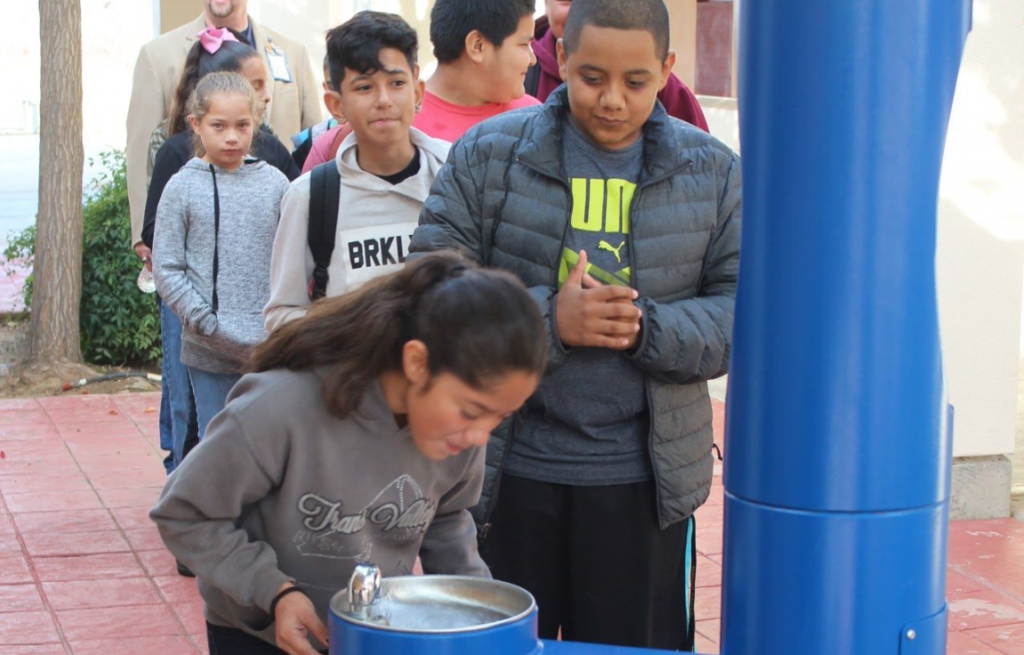Two important water reports were released recently that address the lack of safe and affordable drinking water in some California communities, despite our state’s position as an environmental leader.
First, Gov. Gavin Newsom released the state’s final Water Resilience Portfolio, and a day later the State Water Resources Control Board released its Annual Compliance Report [PDF] for 2019.
In his release of the Water Resilience Portfolio, I was heartened to see that Gov. Newsom placed implementing the Safe and Affordable Drinking Water Act of 2019 in the No. 1 spot on his list of the top 10 water priorities.
The Annual Compliance Report provides the data on why implementing this act is so important — offering a mix of good and bad news about contaminated drinking water in California and ultimately highlighting why addressing this challenge should, indeed, remain a top priority for state lawmakers.
The good news:
- The vast majority — 95% — of public water systems in California complied with the federal Safe Drinking Water Act. Only 5%, or 369 of the total 7,403 active public water systems, had one or more violations in 2019.
- There were 174 fewer violations in 2019 than in 2018, which shows compliance is increasing.
The bad news:
- The estimated number of people affected by federal water violations totaled 547,361, just slightly higher than the entire population of Fresno. Using California’s stricter standards, the number of people affected by contaminated water increases to 902,935.
- Many small and rural public water systems continue to incur water quality violations as a result of contamination. Of the 369 public water systems with violations, more than 91% are smaller public water systems, like schools and local community water systems serving families and children.
- The most striking bad news is that more than 90% of small community water systems that serve fewer than 500 service connections exceed maximum contaminant levels. This high percentage has remained the same for many years for small water systems.

Kids at a Central Valley school drink from a fountain that gets water from a small community water system. A new state report found 90% of small community water systems that serve less than 500 service connections exceed maximum contaminant levels.
Why small communities suffer more
One reason for this stubbornly high percentage is that small community water systems often lack sufficient technical, managerial and financial capacity to fix water quality problems and provide reliable and safe drinking water to their customers. According to the compliance report, some violations that take small systems years to fix could be resolved in just days if they simply had the right technical, managerial or financial resources.
The Safe and Affordable Drinking Water Act created a new fund totaling up to $130 million per year to provide such resources. Unfortunately, this funding comes from revenue generated by the state’s cap-and-trade auctions, and that revenue has nosedived as a result of the coronavirus pandemic and resulting economic shutdown.
As noted in a recent San Francisco Chronicle article, this raises questions about whether the Safe and Affordable Drinking Water Fund will have enough money this year to help small communities suffering with contaminated water.
Given how important it is to have clean water to simply wash your hands during this pandemic, my hope is that Gov. Newsom remains committed to making safe and affordable drinking water his top priority, so that next year’s compliance report shows much more progress on this vital issue.
Almost a million people are affected by contaminated drinking water in California. Now more than ever before, government leaders must make it a priority to bring safe and clean water to all. Share on X









2 Comments
Thank you for this information the statistics are atonishing, information is a powerful change factor !!
This in CALIFORNIA ? Of all places?
I would like to see this public health problem addressed. And with all speed. Failure to act on this pressing imperative shows a failure of leadership and a disturbing abjuration of their responsibility.
Fine the polluters. Clean the water. Fixing this public health problem is exactly what government is designed to do.